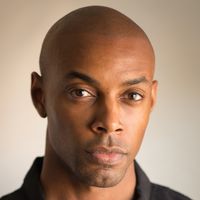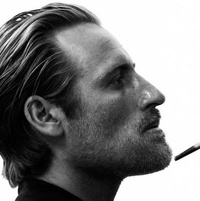On growing alongside your artistic practice
Prelude
Bailey Elder is a multidisciplinary artist currently based in Denver, CO. Her work stretches several mediums including graphic design, illustration, paint, animation and textile design.Working primarily in abstraction, letting color and form guide her processes, she is interested in translating the connections of natural and spiritual realms.
Conversation
On growing alongside your artistic practice
Multidisciplinary artist Bailey Elder discusses intuition, lived experience, and how motherhood influences your creative process
As told to Jeffrey Silverstein, 2482 words.
Tags: Art, Beginnings, Education, Day jobs, Money, Process, Success.
As a kid you were interested in the packaging, not the toy itself. What drew you in?
I would get out the pamphlet with the spreadsheet of all the other toys and look at the graphics on the pamphlets. I collected them. When I was little I was artistic, but I never took an art class until high school. My parents didn’t really nurture that side of me, mostly had me in sports. That was the focus. Sports around the clock. The goal was to get me into college and play soccer.
I took a turn in high school, things just kind of came together. I would collage in my room at night—my entire bedroom ceiling, the floor. That love from childhood came back and was ignited partly by psychedelics and weed. Coming of age, figuring out who I was again. I decided I wanted to pursue art as a career and go to school for it. I had signed on to play soccer in college but dropped out halfway through the summer and was like, “I’m going to art school.”
You made your own path.
Yeah. Well, my mom was a graphic designer in the late ’70s, early ’80s. I knew that was a career people could have, but she wasn’t practicing. She was always taking care of us. She did draw little characters sometimes and did super nice bubble lettering. Now that I’m older, I encourage her to go back to that and start practicing again because I think she’s good at it.
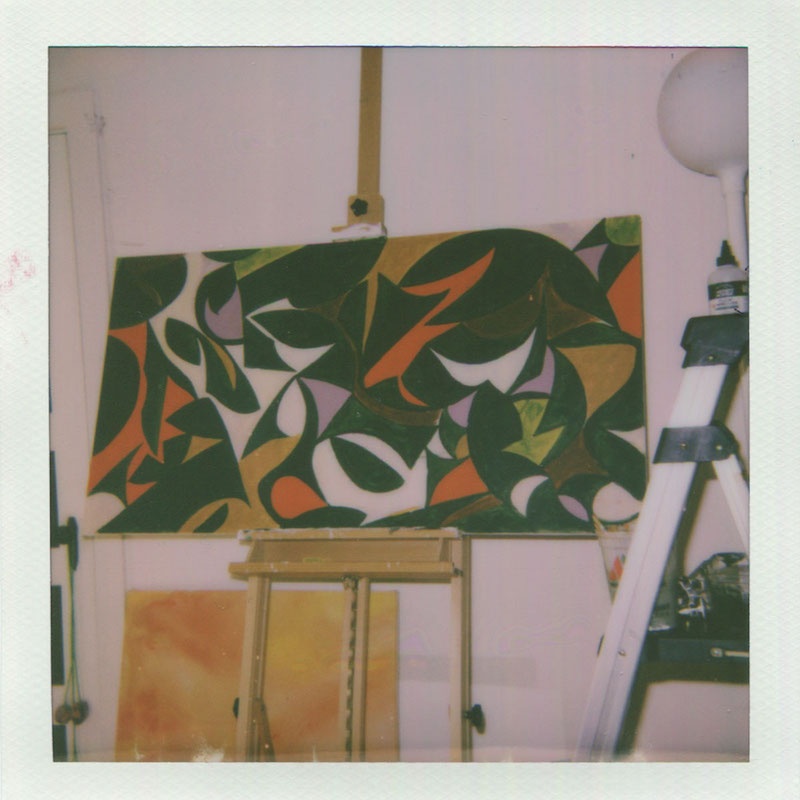
Was attending art school a net positive for you?
It was. It got me learning the programs I now use every day. It’s crucial to have that practice. I liked my teachers a lot, but it’s up to you to take the reins after that. The teacher’s position is to lead you along the way, push you in the right direction. It was worth it because of the time I had to physically sit down and learn about design. My style back then was nowhere near what it’s like now. The seed was there, but that seed takes a while to grow. I’m glad I planted it in school when I had structure around it.
That’s refreshing to hear.
There was a lot missed in school though. I don’t think they covered everything I needed for the real world and design. I had my first job in New York City. This woman hired me for her studio and ended up firing me a month later because I didn’t have the best skills. I was trying to gain traction and learn how the real world of design works. I wasn’t a graphic designer yet. I was still a student and am still a student today, but have more experience behind me. Experience in general is what will get you going. You have to be a fish out of water for a while.
You also did AmeriCorps, right?
When I was in graphic design school, the day after portfolio day, I got on a plane and went to California and started AmeriCorps. Working on a backcountry crew building trails. That was for just six months, but was a crucial break. I was so burnt out from school and being on the computer. I needed a break from everything. It was 10-hour days, no phone, no communication with the outside world other than letters for six months. After that I traveled around and ended up in New York somehow.
Are you starting to envision life as a full-time artist around then?
Not at all. I was just running with the wind. I knew I wanted to practice graphic design. After I left the backcountry in Yosemite I didn’t know if I wanted to work in-house or be on my own. I didn’t have any idea. I came back to my parents’ house. Applying to every graphic design job across America. Someone finally hired me in New York. I asked my dad, “Is this salary going to support me?” It was very low. I’m surprised I even made it there. It was tough for a while in the beginning. I went up there on a Greyhound bus and this Craigslist roommate picked me up. I was headed to work the next day for this tiny graphic design studio that hired someone living in Kentucky with their parents. It was crazy.
Was there a moment when you realized you could support yourself from your own work?
After I started working at a record label, Mexican Summer. They hired me a month after I’d been in New York. I found them on the Indeed jobs website. I was shocked that they hired me because I didn’t know what they saw in me. They played a huge role in my style and led me in the direction where I am today. I got hired as a junior designer and was making YouTube spinners and doing mock-ups. Then slowly I started doing Anthology reissue projects. Touching up record covers. The next step was working with the creative director and musicians on LP packaging. The trust from them gave me the confidence to keep going and hone in my own voice. It’s an inspiring place to work. Working with musicians that I admire and appreciate. It’s a creative place to get your footing in a design career.
What’s your approach to album art?
I love working with musicians. I am a vessel for their vision to go through. I enjoy the process of picking up on their energy and translating that into something visual. That’s what makes a good designer—if you’re intuitive and can pick up on what they’re thinking and feeling. They might send you reference images, but it’s up to the designer to make it their own. When I’m designing album artwork, I listen to the album on repeat. I don’t listen to anything else. If I do, it’s music that pairs well with their own.
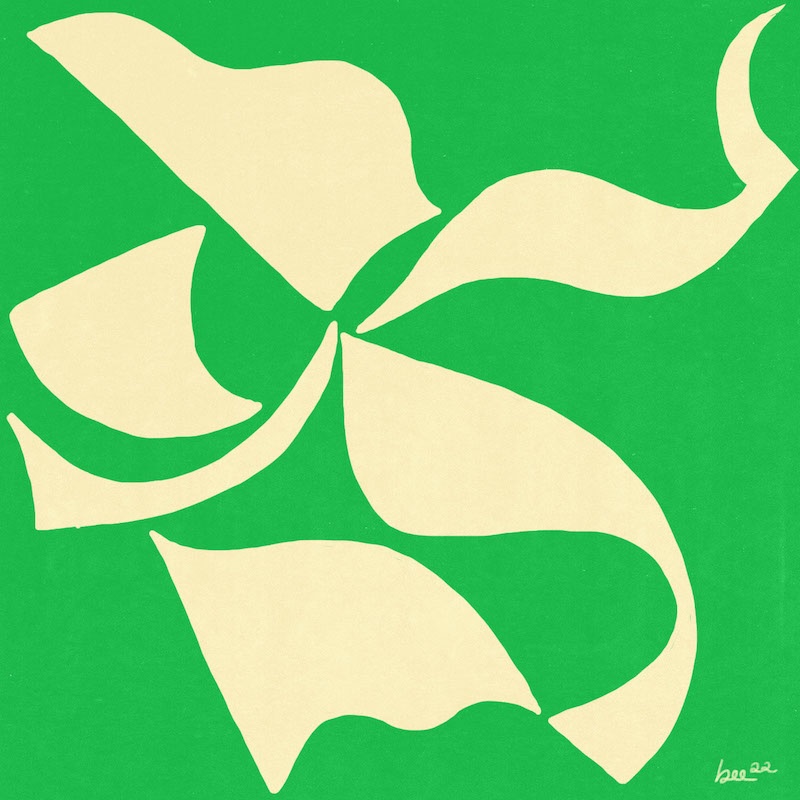
How do digital design/illustration skills impact your painting or vice versa?
They’re in tandem. Since I’ve had a baby illustration is what I’ve been gravitating to. Digitally, mostly, because it’s quick. I don’t have to set anything up. I can just hop on my computer and start right away. It is so refreshing when I get to a canvas and it’s like, “Wow.” The control of my brush is more refined after doing so much digital illustration. It’s fun to notice that and the changes that happen when you jump in from different mediums and get into different practices.
What’s allowed you to find your own voice?
For one, getting older and having more experiences. Working with musicians that have introduced me to other visual artists that have contributed to my own style. Taking in inspiration from past artists, reading about them. Going to museums, seeing galleries, but also trying to take all the external things, then sit with it in meditation or go on a hike. Taking in things from different places and piecing it together and seeing how it all comes out on the canvas.
Your work feels intuitive to me. Not forced.
That’s what I like about my practice. I’m not trying to paint a self-portrait or a still life. When it comes to painting, I’m not trying so hard. It’s more therapeutic. It just flows out of me. That’s what I like about having the balance of illustration and painting. Painting is my zone to play and not be so serious.
You’ve built trust in your process.
One hundred percent. I love having this style to work in, but also not being afraid to branch out. That is what I have been craving more. To bust out of it a bit. It’s hard to say how people might react, especially when you’re financially dependent on having art for your income.
Space has a lot to do with it. Currently my painting studio is in my garage with all of our bikes and tools. I’m being patient. I have a baby and I’m realizing that maybe right now isn’t the time to be making huge paintings. You have to be kind with yourself and accept that, sit with it. In the future I would love to make giant paintings. My ultimate goal is just to be a painter. That’s what I would really love to do.
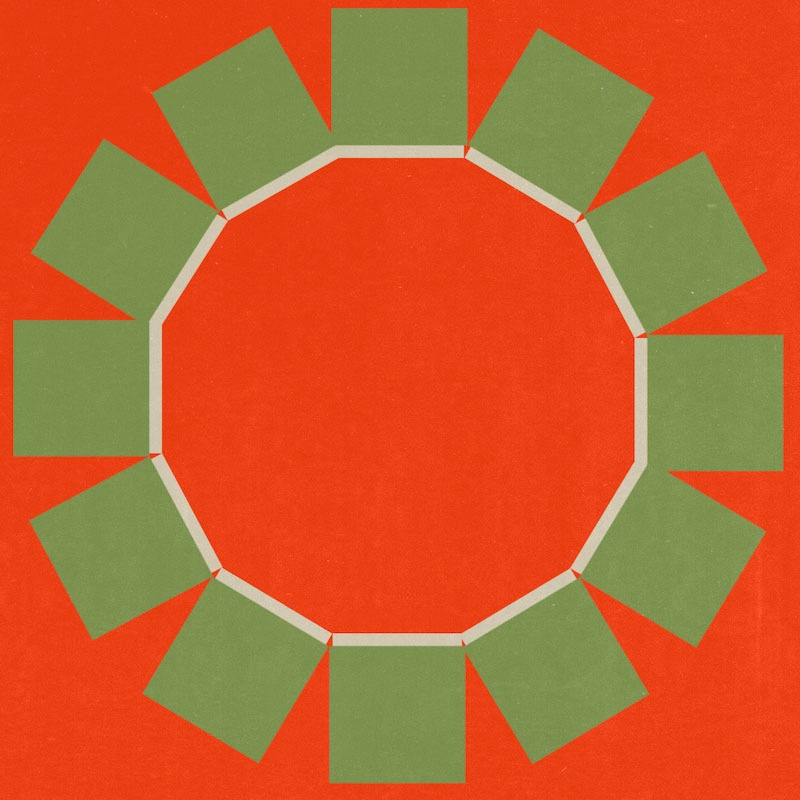
You’ve said when you became a mother, you realized you had to put being an artist second. How did that feel?
This year has been one of the hardest years of my life. It’s a huge adjustment. I wouldn’t change it for the world. Remi is teaching me so many things. It’s a lesson in humanity. How we all need to look out for each other, love each other, whether that’s putting a practice aside for a bit or not doing some of the things you want to do in that moment, just so you can nurture this other creation that is amazing. It’s only going to get better from here. It has already, starting to see him grow and flourish into a little toddler that’s running around like a little alien. It’s worth it, for sure.
You are launching a new project, an interview series with mothers who are artists. What can you tell me?
I’m really excited. I had this idea in my head a few weeks ago. I need to hear stories of other mothers that are raising children and still practicing art. It’s kind of a selfish project that other people could be into. I’m excited to gain more insight from mothers I’ve connected with through social media, or I follow them on social media and see they have babies, whether that be my son’s age or older. It’s nice to connect with them and ask them questions. I’m like, “How is everyone operating? How is everyone doing this?” It’ll be really fun. I’m not trying to take it super seriously or turn it into some sort of brand. It’s just an innocent blog that I’m going to do on the side. It’s needed in the mom art sphere.
What’s your current relationship with Instagram?
For me it’s kind of essential. It’s not essential for all freelancers. I do get a lot of jobs through there. It’s a hard one. We all know it’s not super good for you, but at the same time, it’s fun to just do a doodle and put it out there. It’s kind of a shame that it’s turning into this insane mashup of stupid, mindless videos. I do miss the platform that it used to be and try not to spend too much time on there. The positive is finding people that inspire me, whether that’s mothers who are artists or other artists in general. I love that aspect of it. I wish you could turn off all of the other stuff.
How have you dealt with people/brands using your work without credit or copying your style?
It’s hard. I teeter in both directions. It’s just art. It’s so fluid and open. How can anyone say that it’s their own, given the extremity of the copy, I suppose. Then there’s this other part of me where I’m a mom now and this is literally my livelihood. It’s hitting me a bit differently now. I respect people that are copying me, because I guess my work resonates with people if they’re doing that. I’m not an upfront type of person, to just call people out. When it’s a larger company or something like that, that’s when I feel a bit jaded. It’s like, come on, you could just pay me, pay me something.
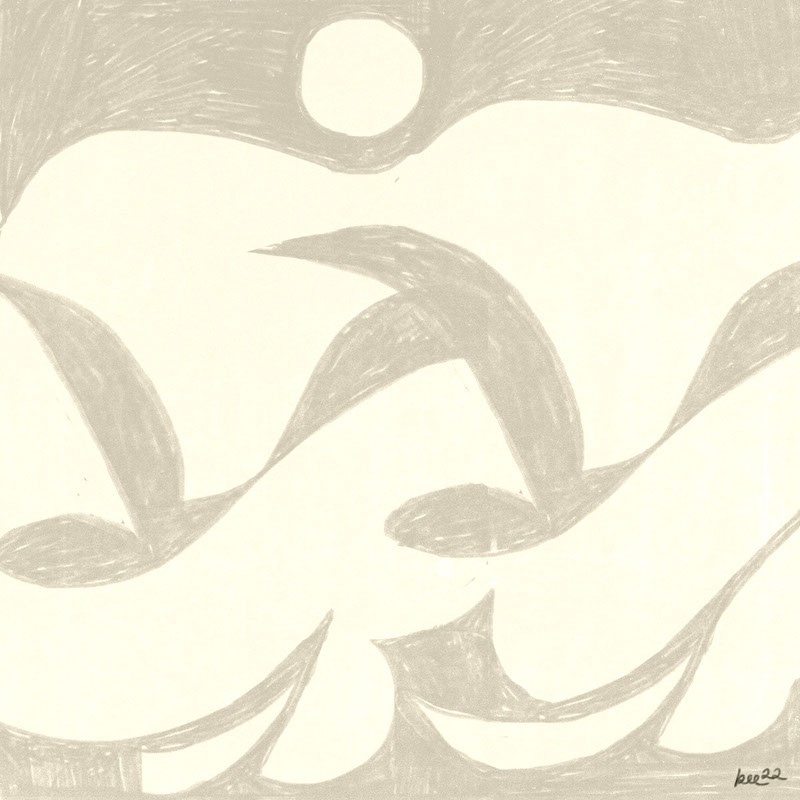
How do you determine which projects you’ll take on?
Freelance work ebbs and flows a lot. It can get scary if you’re not prepared for that, if there’s not a lot of work coming in. Most companies that have reached out to me are run by good people, especially smaller ones. I love to work with them. They usually have more chill timelines and are a lot more open.
Working with larger companies I’ve had mostly positive, but maybe a few more interesting experiences where I haven’t had as much say on what the final design was going to be, or they already had ideas where I might not have not gone that direction. I like when people come to me and they’re just like, “You can do whatever you want.” That’s the best case scenario. It’s a fine balance of being able to say no to some companies, but also this is how I make a living. I need that financially to continue the train.
Your color palettes are always on point. What’s your process like?
Generally I free-sketch for a while and come up with shapes that are in balance. That’s super important—the balance and composition in my work. It has to sit well with me. Then I go in and sculpt it. The fun part is choosing a color palette for an illustration or a painting. That’s where a lot of the energy in a piece comes from. I really enjoy color theory, seeing how colors are in contrast to one another, how they vibrate next to each other. It’s very intuitive and I will know when that’s the color palette the piece is going to use. It just sits well and vibrates and is jumping off the page. Each form has a personality to the color palette.
What do you want to move towards in your work?
I’m ready for a big space where I can make a mess and experiment until I get to something good. We’ve been moving a lot the past few years and haven’t had a space where I can get messy, let paint drip, and get it on the ceiling if I want to. The possibilities for my art and practice will open up once I get to a space where I can experiment. I want to get a bit messier and step out of this color field I have going on. I don’t know what that’ll look like. Maybe I’ll try it and it just doesn’t work. The need to expand is definitely there. It’s probably just on the horizon somewhere.
Bailey Elder Recommends:
Fire Of Love (documentary)
POOG (podcast)
Crystal Voyager (studio, shop, energy, crystals)
Another World: The Transcendental Painting Group (book)
WOW, Kate NV (album)
Insight Timer (meditation app)
- Name
- Bailey Elder
- Vocation
- multidisciplinary artist
Some Things
Pagination
